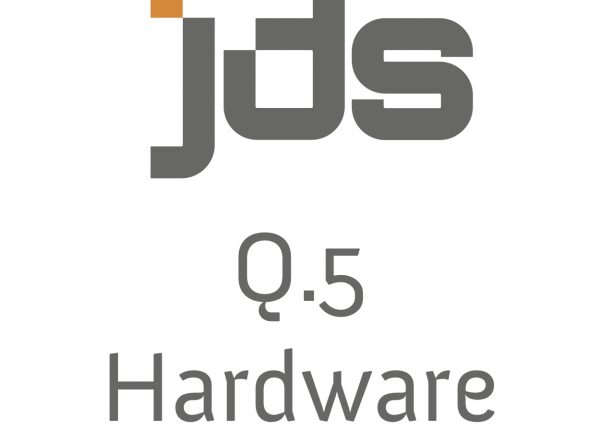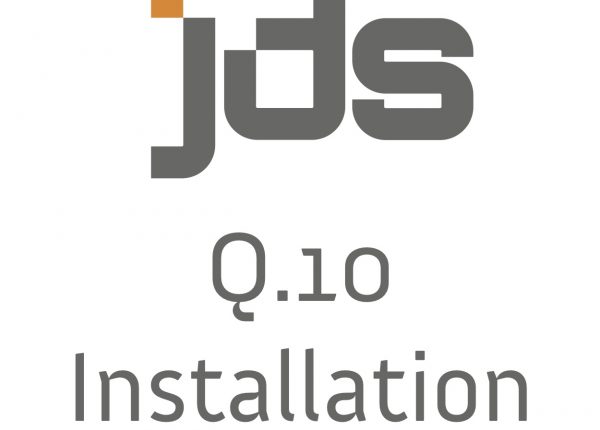7. Supporting the system once it’s deployed…your options.
So you’ve been through all the steps so far. You have chosen a system which best suits your needs and your content strategy is in the bag. Now you need to think about how you are going to support the system.There are a few aspects to this but what you are trying to achieve is a system with maximum uptime. After all if the system is not operating, it is your important message which is not being conveyed to your audience.
Supporting a digital signage solution can be a little like our own health. Preventative measures will be more effective than a treatment. Choosing commercial grade equipment is a good start. Companies like Samsung offer 3 year warranties on their commercial range of screens and will pick up from your site which can be very time saving. Advantech computers have a 2 year warranty extendable if you wish.
Many software packages now have great tools which allow you to monitor what is happening with your signage network. Signagelive has what they call “Dashboard” This great feature allows you to see a visual representation of what is happening with your system using simple pie charts, green is good, red is bad. DC Media network manager software goes the next step whereby it can SMS you if there is a problem with a variety aspects of the system. Being notified of problems is a very effective way of supporting the system, better to be told by the system that there is a problem that by a customer or worse; by no one.
Third party software such as LogMeIn also allows support staff to remotely access and control digital signage systems. The vast majority of problems which may occur will be able to be addressed by remotely logging into the computer.
You will need to either need to have the in-house skills to support your system or choose a digital signage company that can provide this support for you. We’ve all seen screens out there with the windows proverbial “blue screen of death”, Linux errors or simply blank for unknown reasons. Don’t let this happen to you. Make sure your system has the best chance of doing what it was designed for showing dynamic content where it has the greatest impact. Supporting the system is a combination of choosing the right equipment in the first place and having the measurements in place to make sure that if something does go wrong it can be corrected quickly by the right people using the right tools.






